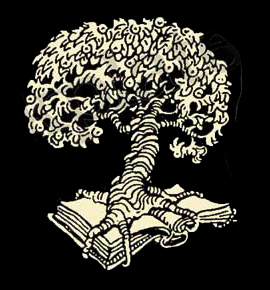 The above picture came from an 11 year-old friend of mine in Shanghai, China. It's a class he attends right now (2021) in Shanghai learning ham radio. He is now W4ZLI, and has operated Field Day in the U.S. in June, 2023: ......  When listening to radio hams talking, it can often seem to a teen that it sounds like a bunch of old men. Yes, there are a lot of old-timers on the air and because many of them are retired, they have time to chat with their old friends. The truth is a lot of pre-teens, teens, and college students are getting their ham licenses because of the avenues into technology that ham radio provides, including voice, digital, and CW communication through ham satellites and to the International Space Station! Besides, it's fun. It's like fishing... you never know who you are going to catch, or where they are located. I was 11 when I started, and it was with a group of boys similar in age. There was one difference to today: morse code was required and that was all we could use. We became licensed, talked to other hams on CW, and continued to learn about ham radio as we built up our CW speed, understanding of geography, and knowledge of technology. On morse code, you have no idea how old the operator is at the other end, or who they are. Age differences disappear... that's a major benefit, particularly for a teen. Everyone is equal, and on CW everyone goes by their first name. Twenty some years ago, there was a radio ham who said his name was Hussein when talking to other radio hams. New hams didn't have any idea that they were talking with the King of Jordan. He was just "Hussein" on the air (JY1). Often, he would be asked to provide the rest of his call letters. "I'm sorry, I didn't get the rest of your call." He would say, "that's all there is." When you are a King, you can make your call anything you want. Other hams in Jordan had calls like JY1PQ or JY1XYZ. Hussein was just JY1. ...And another advantage of sorts that can cause a new ham to blend in "and disappear" into the old-timers: Callsigns. In the US, a new Technician can elect a vanity call with a W, a K, or an N and appear as a possible long-time ham. A good friend of mine a few years ago got his Tech and chose a W4 call with his three initials. Rather than a KE4, he was a W4. He was the second owner of that call. The first time that call was issued was about 1938. When he became an Extra, he kept his call. The first time my W4GAL (my initials) call was issued was 1940. The second time was 1954. I'm the third owner. I talked to the second owner of W4GAL in 1957, but I didn't find out until 55 years later because she was using her Guantanamo Bay, Cuba call KG4AC at the time, not W4GAL. In Australia, a new Foundation licensee receives the same call as a Standard. Since many Advanced licensees keep their three letter calls (example VK6CSW, his initials - licensed for about 70 years), license class differences disappear. In 2021, I took the three exams in Australia to get my Australian Standard license. The examiner who gave me the exam on Zoom was in Melbourne, Australia. I am in Melbourne, Florida... 10,300 miles distant from my examiner. Now, my Australian call is VK6GAL, again, my initials. I'm going to make a suggestion to all teens, pre-teens, and those parents and mentors who are helping them enjoy ham radio. Learn CW. Young people take to morse code very quickly and easily. And it is a "foreign language" of sorts that is like knowing a secret language most people don't know. Do you realize that with a Technician license, the new ham can get on the HF bands on CW and make contacts far and wide? 10 meters, 15, 40 and 80 are included! The segments of the bands for the new Technician using CW are much larger than when I started as a Novice licensee. If you arrived here from the front page, click HERE to get back. Otherwise.... Here is the link to my page explaining how to learn morse code. LINK. 73, Gary W4GAL / VK6GAL |


W4GAL / VK6GAL